Blog
Capacity Planning: The Unsung Hero of Efficient Project Delivery

Capacity planning is the often overlooked but essential process of ensuring an organization has the resources to meet its current and future demands. It is a critical element of successful project management, as it helps prevent overcommitting resources, leading to delays, cost overruns, and decreased quality.
In this article, we will delve into what capacity planning is, explore its different types and strategies, and highlight its pivotal role in successful project management. Moreover, we’ll touch upon project management software equipped with capacity, resource, and workload management capabilities, emphasizing how they can benefit individuals and organizations.
So, let’s embark on this journey to unravel the intricacies of capacity planning and its profound impact.
Understanding Capacity Planning
Capacity planning is the art and science of ensuring that an organization’s resources, both human and non-human, are optimally utilized to meet its strategic objectives. It revolves around determining the right number of resources needed to complete projects, tasks, or operations within a specified timeframe. Think of it as the blueprint for allocating resources efficiently and effectively.

Types of Capacity Planning
Capacity planning can be divided into several types, each tailored to specific needs and objectives. Here are the primary types:
1. Strategic Capacity Planning
Strategic capacity planning is the big-picture approach. It involves long-term forecasting and decisions about an organization’s overall capacity needs. This type of planning considers factors such as growth projections, market trends, and technology advancements. Strategic capacity planning lays the foundation for the organization’s growth and competitiveness.
2. Tactical Capacity Planning
Tactical capacity planning zooms in on the near to mid-term horizon. It focuses on resource allocation, workload distribution, and resource utilization within the confines of the strategic plan. Project managers often use tactical capacity planning to ensure they have the right people with the right skills available when needed.
3. Operational Capacity Planning
Operational capacity planning is the day-to-day execution of resource allocation and workload management. It ensures that projects and operations stay on track by managing resource availability and work assignments in real-time. This type of planning is essential for maintaining project timelines and deliverables.

Strategies for Effective Capacity Planning
Successful capacity planning relies on the implementation of sound strategies. Here are some strategies to consider:
1) Demand Forecasting
To effectively plan capacity, you need to understand the demand for your products or services. Historical data, market research, and predictive analytics can help you forecast demand accurately. By doing so, you can allocate resources accordingly.
2) Resource Optimization
Resource optimization involves making the most of your existing resources. This may include cross-training employees, improving resource utilization rates, and identifying and mitigating resource bottlenecks.
3) Scenario Analysis
In the unpredictable world of project management, planning for various scenarios is wise. Develop contingency plans for resource shortages, unexpected delays, or changes in project scope. This flexibility ensures that your projects stay on track despite unforeseen challenges.
4) Technology Integration
Leverage project management software equipped with capacity, resource, and workload management capabilities. These tools provide real-time visibility into resource allocation, enabling you to make informed decisions and adjustments on the fly.
The Role of Capacity Planning in Successful Project Management
Now that we understand what capacity planning entails, let’s explore its pivotal role in ensuring the success of project management endeavors.
1. Resource Allocation
In project management, the right resources at the right time are paramount. Capacity planning allows project managers to allocate resources efficiently, preventing overallocation or underutilization of valuable talent. This ensures project teams have the resources to meet deadlines and deliver quality results.
2. Workload Balancing
Balancing workloads is a critical aspect of capacity planning. It prevents burnout, maintains employee morale, and enhances productivity. Project managers can use capacity planning to distribute workloads evenly among team members, avoiding bottlenecks and ensuring a smooth workflow.

3. Risk Mitigation
Capacity planning plays a significant role in risk mitigation. By identifying potential resource shortages or bottlenecks in advance, project managers can proactively address these issues. This proactive approach reduces the likelihood of project delays and cost overruns.
4. Alignment with Strategic Goals
Capacity planning aligns project management with an organization’s strategic goals. It ensures that projects are executed in a way that contributes to the overall success and growth of the business. By optimizing resource allocation, organizations can pursue their strategic initiatives with confidence.
5. Integration with New Product Development (NPD)
New product development is a complex process that requires careful planning and resource allocation. Capacity planning is instrumental in NPD, as it helps organizations allocate the right resources to new product development projects. This ensures that innovative ideas are transformed into market-ready products efficiently.
6. Utilizing Gantt Charts
Gantt charts are invaluable tools in project management, and capacity planning complements their use perfectly. Project managers can create realistic timelines and resource allocation schedules by integrating capacity planning data into Gantt charts. This synergy between capacity planning and Gantt charts enhances project visibility and control.
Project Management Software with Capacity Planning Capabilities
In today’s digital age, project management has evolved by introducing specialized software solutions. These tools offer comprehensive capacity, resource, and workload management capabilities, revolutionizing how organizations plan and execute their projects.
Benefits of Project Management Software

Real-Time Visibility: Project management software provides real-time visibility into resource allocation, enabling project managers to make informed decisions.

Automated Workflows: These tools automate many aspects of capacity planning, from resource allocation to workload distribution, reducing manual effort and the risk of errors.

Collaboration: Project teams can collaborate seamlessly within the software, ensuring that everyone is on the same page and has access to up-to-date information.

Forecasting: Advanced analytics within project management software help project managers forecast future resource needs and make proactive adjustments.

Customization: Many project management software solutions are highly customizable, allowing organizations to tailor them to their specific capacity planning needs.
Conclusion
Capacity planning may not always be in the spotlight, but it is undeniably the unsung hero of efficient project delivery. Whether managing a small team or overseeing complex, large-scale projects, capacity planning ensures that your resources are optimally utilized, your workloads are balanced, and your strategic goals are met.
With the integration of project management software equipped with capacity planning capabilities, organizations can elevate their project management practices to new heights. So, the next time you embark on a project management journey, remember that capacity planning is your secret weapon for success.
FAQs (Frequently Asked Questions)
1. What is the primary goal of capacity planning?
The primary goal of capacity planning is to ensure that an organization’s human and non-human resources are optimally allocated to meet its strategic objectives. It involves determining the right number of resources needed to complete projects, tasks, or operations within a specified timeframe.
2. How does capacity planning benefit project management?
Capacity planning benefits project management by enabling resource allocation, workload balancing, risk mitigation, and alignment with strategic goals. It ensures that projects stay on track, teams have the necessary resources, and organizations can confidently pursue their strategic initiatives.
3. What are some key strategies for effective capacity planning?
Effective capacity planning strategies include demand forecasting, resource optimization, scenario analysis, and technology integration. These strategies help organizations make informed decisions and proactively address resource shortages or bottlenecks.
4. How does capacity planning integrate with new product development (NPD)?
Capacity planning integrates with new product development by helping organizations allocate the right resources to NPD projects. This ensures that innovative ideas are transformed into market-ready products efficiently, aligning with the organization’s growth objectives.
Project management software with capacity planning capabilities provides real-time visibility, automated workflows, collaboration features, forecasting tools, and customization options. These benefits enhance resource allocation, workload management, and overall project efficiency, making it an asset for organizations of all sizes.














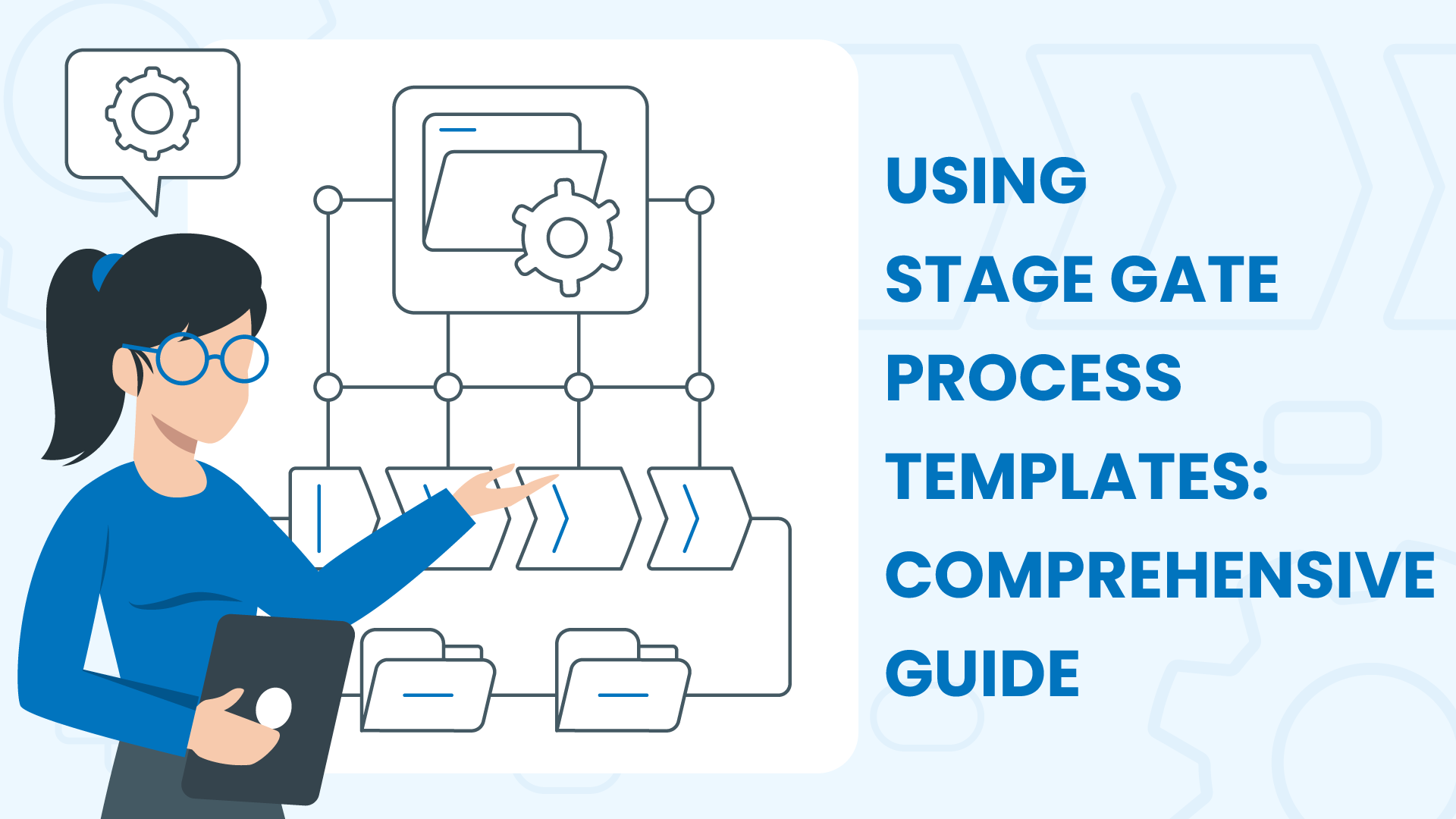




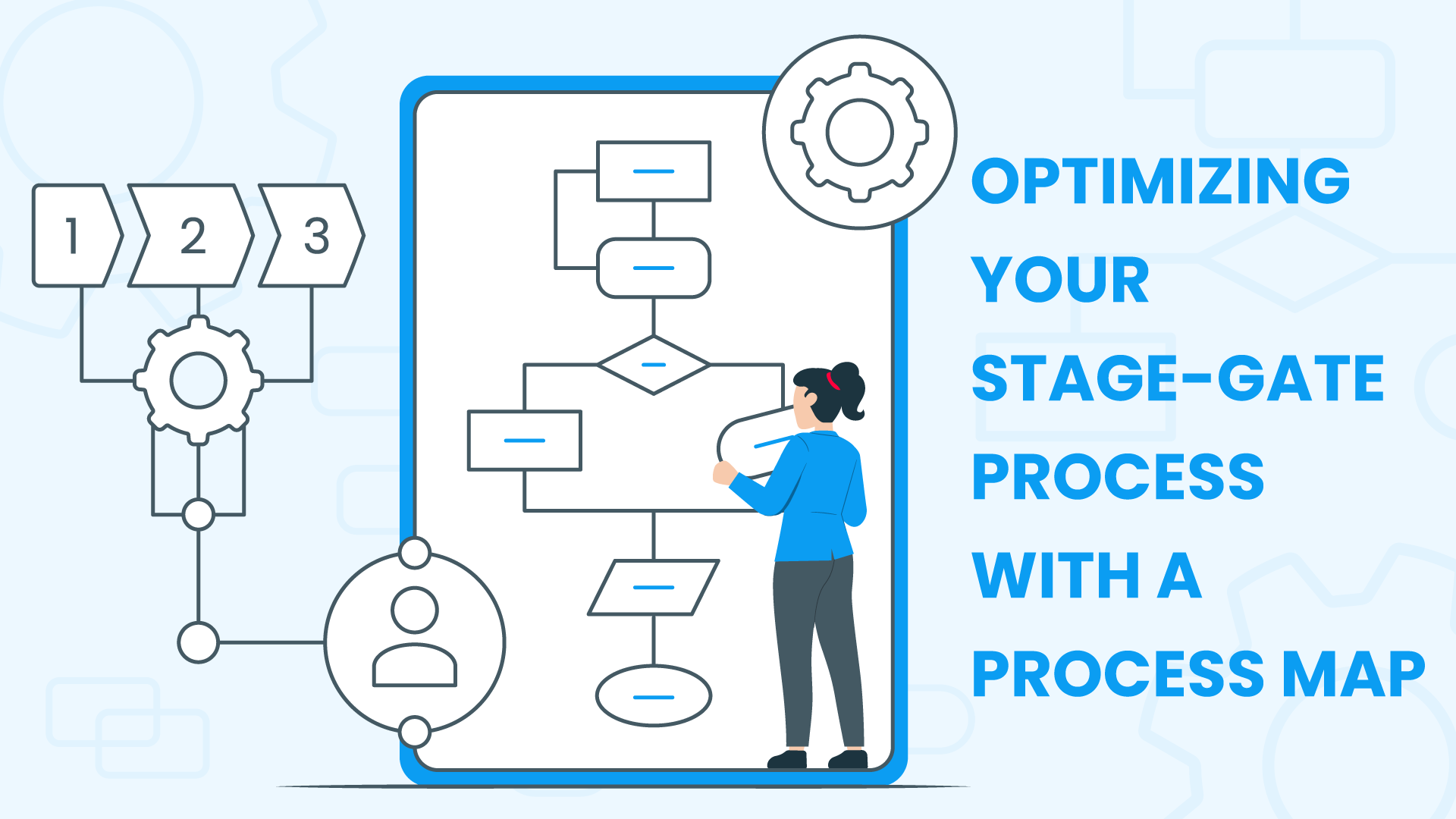




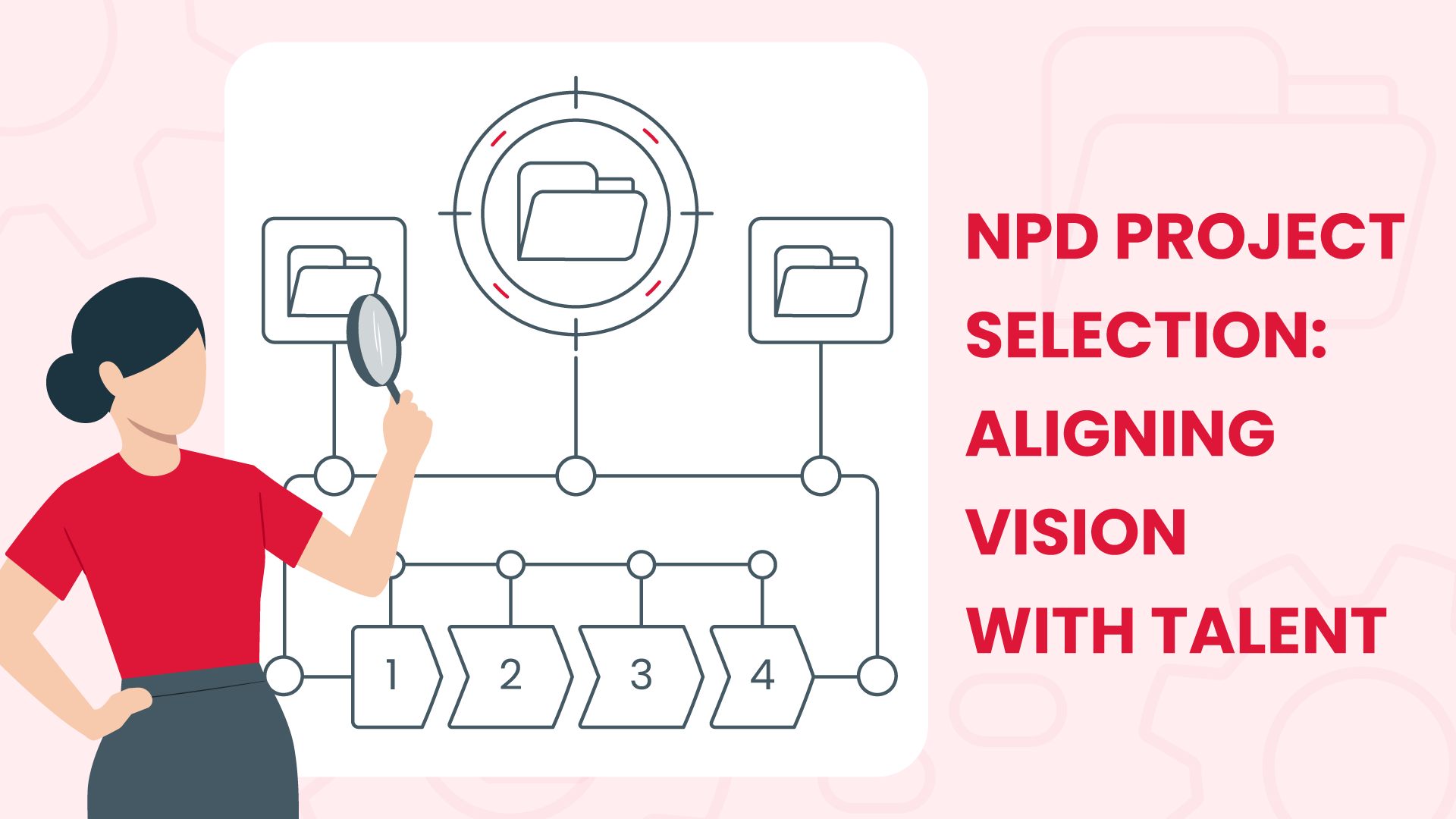












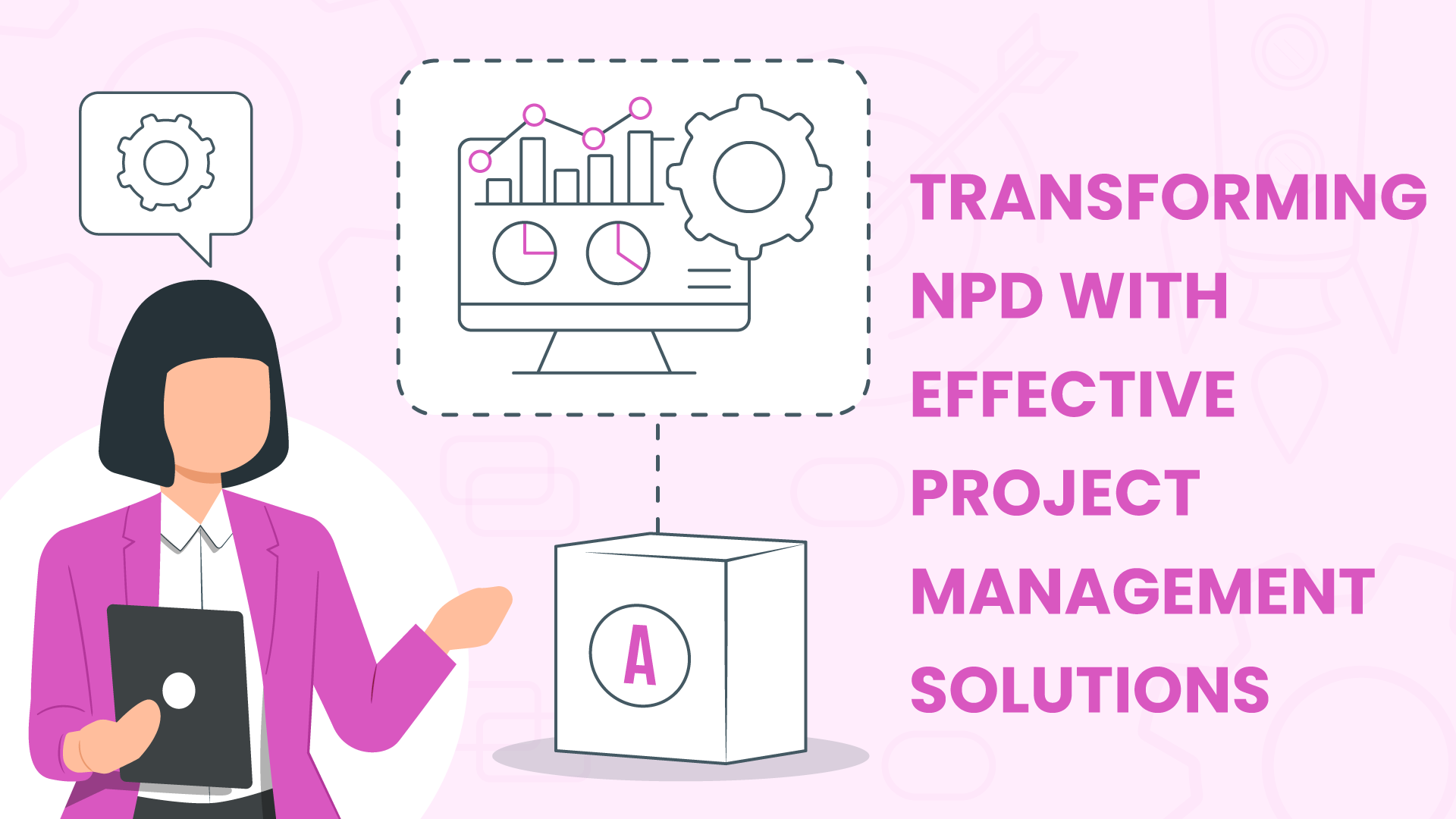

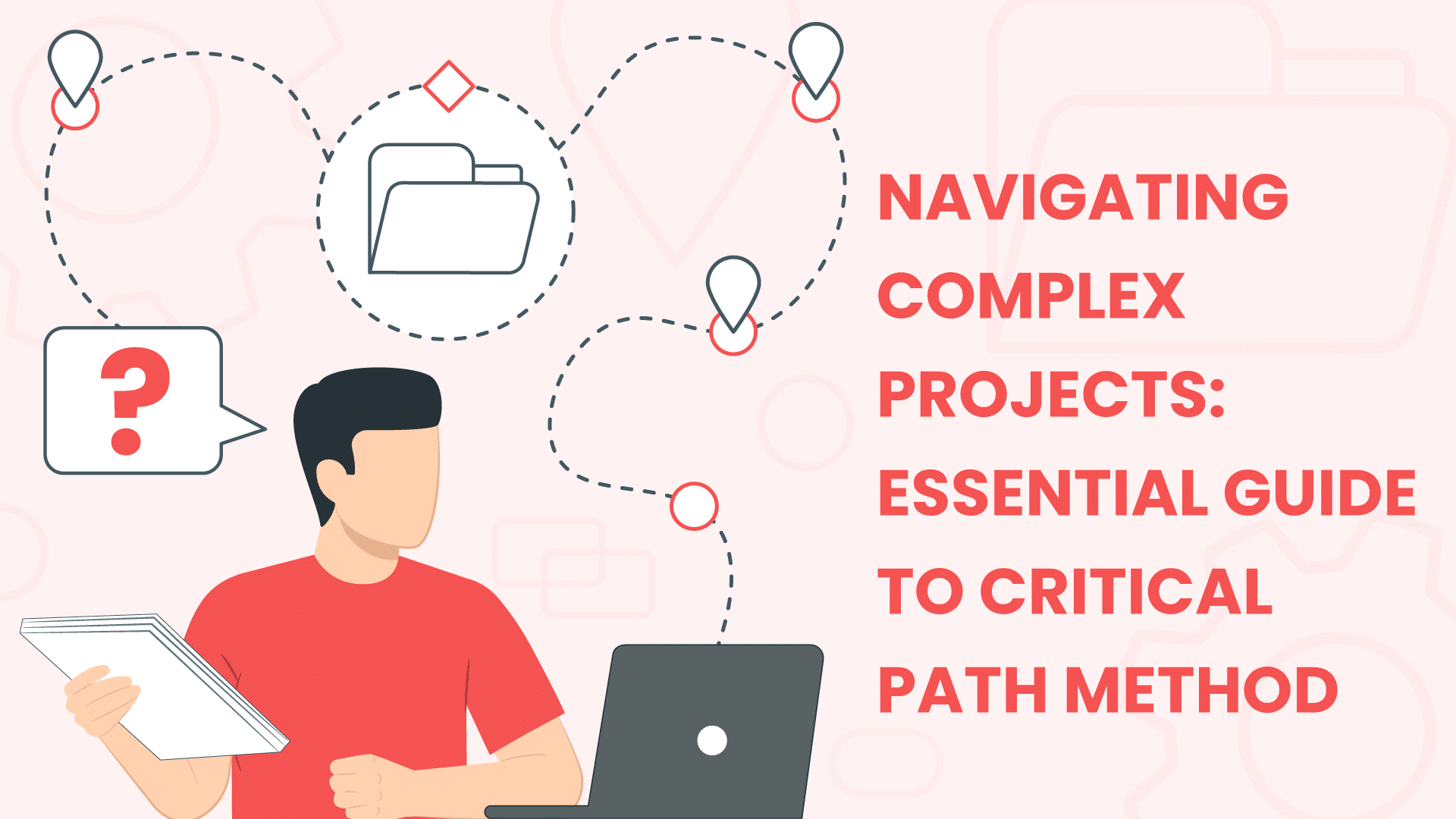









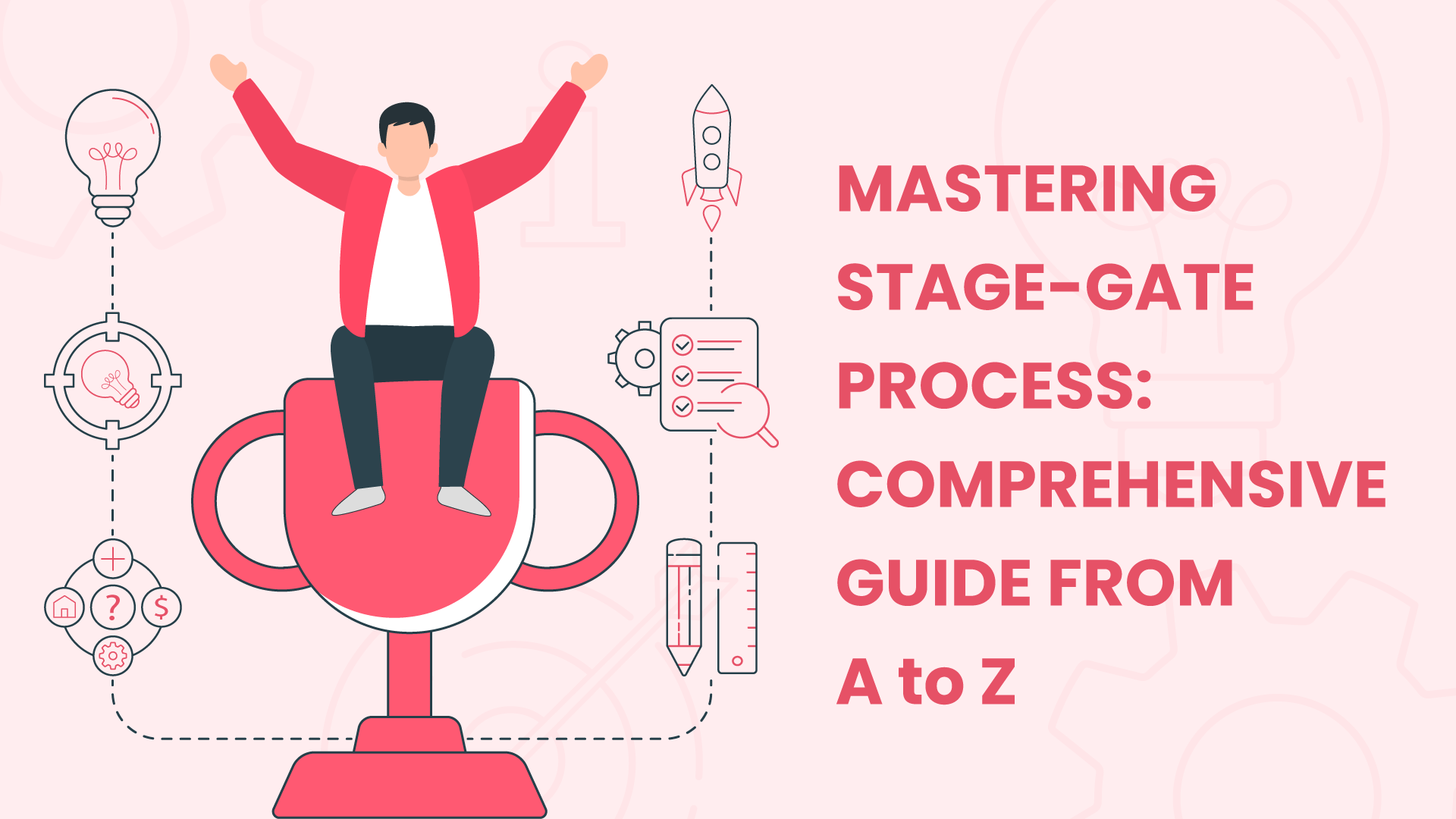

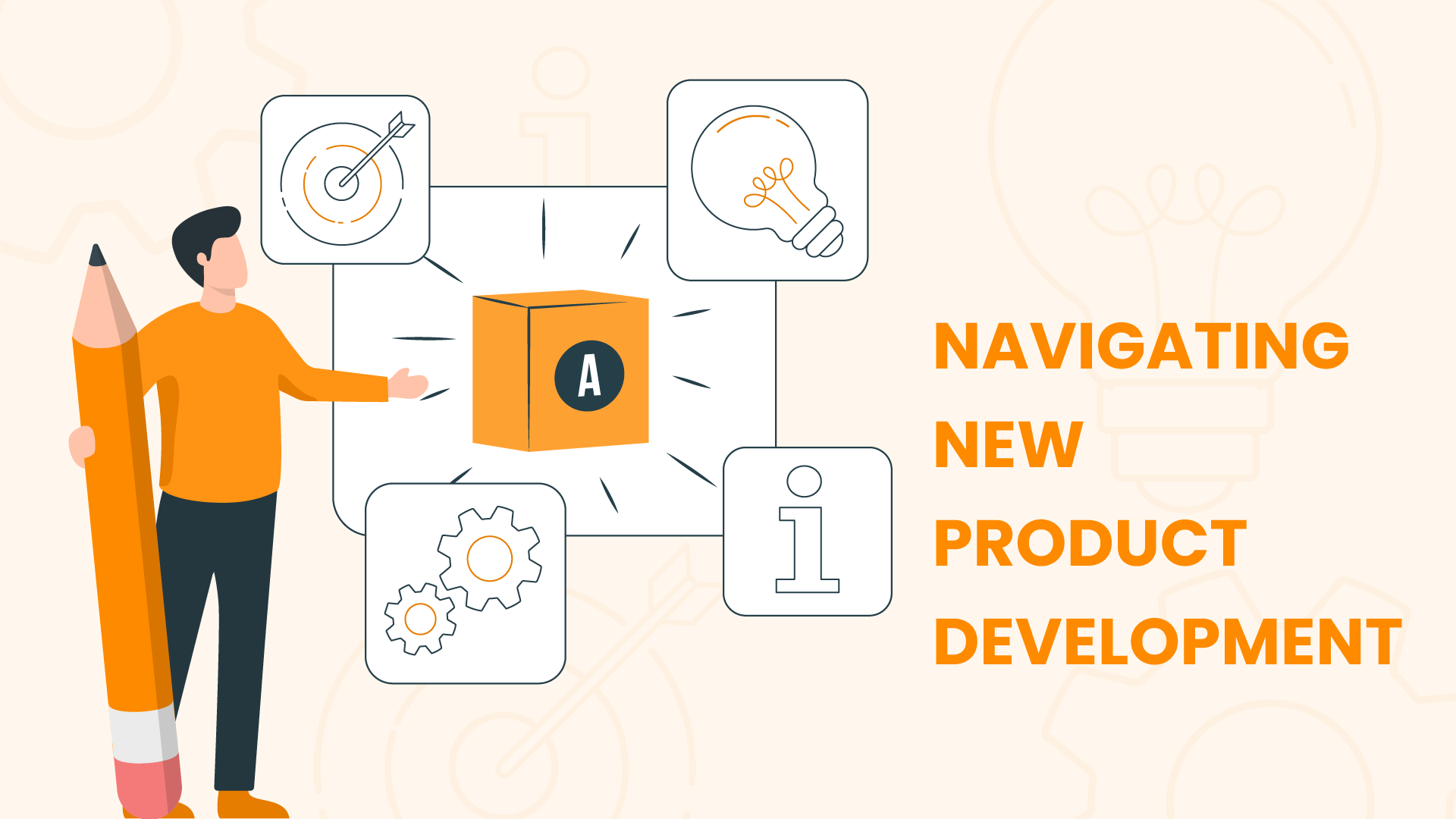





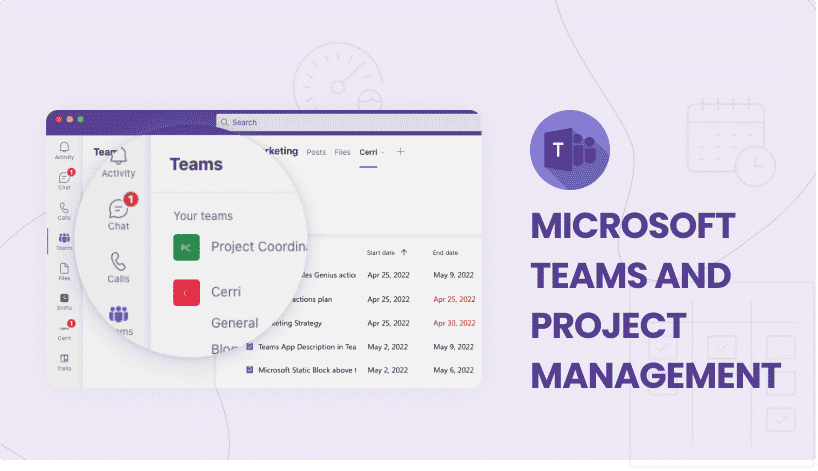














 Task Management
Task Management 

















 Customization
Customization
